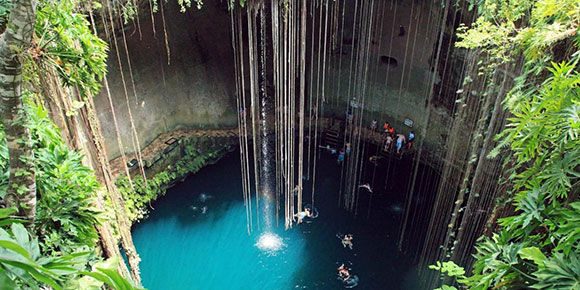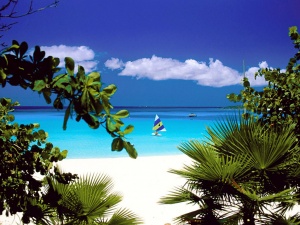This post may contain affiliate links. We may earn money or products from the highlighted keywords or companies or banners mentioned in this post.
February 10, 2015 By: Ana Figueroa

Cliffside Mayan ruins and lovely Caribbean waters have long made Tulum a popular excursion site for visitors from Cancun and the Riviera Maya.
But, these days, it’s also trending as a center of Mexico’s rustic luxury movement.
“Mexico continues to be incredibly strong for us. People are looking for boutique properties in special locations,” Zachary Rabinor, director general and CEO of Journey Mexico tells Travel Agent.
He adds, “High-end travelers are making a push toward rustic luxury or what I call the ‘haute hippy’ experience. Tulum is a focal point for that.”
Properties such as the beachfront Coqui Coqui Tulum are prime draws, said Rabinor.

The seven-room mini boutique features thatched-roof limestone structures and open-air architecture. Its spa incorporates aromatherapy oils and other products made on site. And eco-friendly touches such as solar power (candles-only lighting after dark) and repurposed building materials make it a celebrity draw as well.
“Travelers come to Tulum for its beautiful ruins and beach. But they find so much more. There's an authenticity here, a sense that this is the real Mexico,” Francesca Bonato, the owner of Coqui Coqui Residences and Spas, tells Travel Agent.
Sustainability is the theme of Tulum’s Las Ranitas, which uses wind-power and solar panels to generate electricity. Rooms and terraces at Las Ranitas (“the frogs”) feature views of the ocean and lush gardens. A walkway leads to the beach and a newly-added yoga fitness studio.

The owners of the new Mi Amor Boutique Hotel wanted to create a “chic and adventurous” property that pays tribute to top Mexican designers. Rooms include Nespresso coffee machines, rain showers and wireless Bluetooth Bose speakers. But the seafront and jungle views are designed to inspire a return to nature. Another plus: hotel chef Brian Sernatinger is a veteran of New York’s Gramercy Tavern and chef Tom Colicchio’s Craft.
Of course, not every property in Tulum offers the type of amenities luxury travelers expect.
“Tulum is known for barefoot luxury. A lot of the hotels may not have air conditioning. There may be critters running around. You have to really know what you’re selling. And you have to let your client know what Tulum is all about,” said Hope Smith, owner of Born2Travel in Montrose, CA.
“The luxury that draws people there is the beauty of being right on the beach. It’s luxury insofar as you’re removed from other people and the mass-market experience of Cancun and the Riviera Maya. Another advantage is that you are closer to other Mayan destinations such as Coba and the Xian Ka’an biosphere. You’re in nature, you’re not surrounded by discos,” said Smith.
While Pacific coast destinations such as Sayulita attract a similar clientele, Tulum’s ease of access is a big advantage. Though it’s a 75 mile drive from the Cancun International Airport, it benefits from the frequent airlift.
“There are a ton of flights to Cancun. That gives the Caribbean coast a big advantage over places such as Puerto Vallarta and the Riviera Nayarit,” said Rabinor.
“The Riviera Maya is operated by one government. You don’t have the struggle for resources that you have with Puerto Vallarta and the Riviera Nayarit, which are in different states,” he added.
And though “lots of exciting developments are in the works for the Pacific coast,” Rabinor predicts Tulum will remain Mexico’s go-to spot for a while.
“Right now, Tulum feels like the most popular place on the planet,” said Rabinor.
What do you think of this $type?











